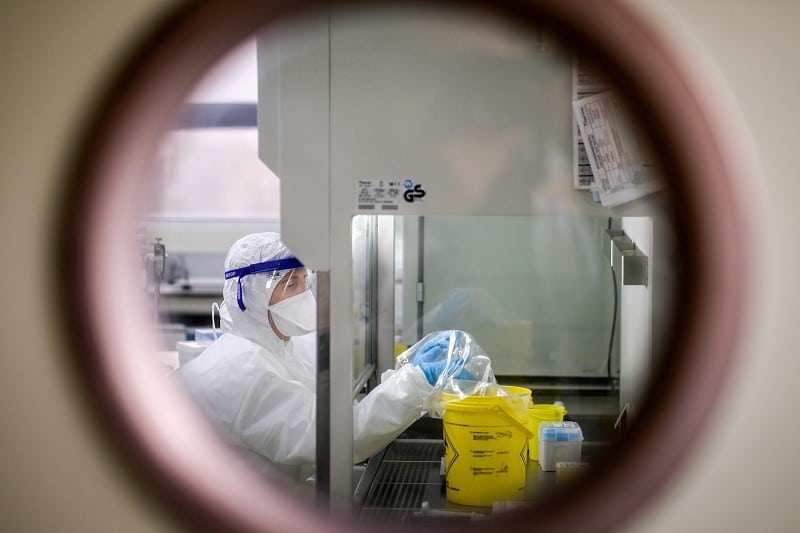Simple test will “almost immediately identify” what patient needs
A device to quickly detect bacteria and antibiotic resistance is being developed by a consortium of Portuguese public and private entities.
“We’re talking about a portable device that, with a simple analysis of a urine sample can almost immediately identify, on the one hand, the bacteria causing the infection (…), but also (…) the genes that promote antibiotic resistance, (and) which antibiotic should be prescribed for that patient,” the project’s technical team supervisor Josué Carvalho tells Lusa.
Antimicrobial resistance (AMR) – the ability of microorganisms such as bacteria to survive the effects of antibiotics, which prevents the treatment of some infections – is one of the biggest public health problems worldwide.
Josué Carvalho, who holds a doctorate in Biomedicine, said that these tests for detecting AMR, “the first developed in Portugal”, are an alternative to the traditional ones, the results of which can take two to three days in the case of urinary infections (which are at the centre of the research).
With the ‘innovative technologies’ being developed as part of the consortium’s SMARTgNOSTICS project, the new test “gives the result in 30 minutes”, he explains.
The test “is designed to be done on an outpatient basis”, in health centres, in accident and emergency departments, by health professionals who deal directly with the patient in their initial consultation.
The groundbreaking device uses technology based on molecular biology, “the most advanced diagnostic technology there is”, and through “a set of reagents and actions to amplify the DNA of the bacteria” it detects which one is causing the infection and its resistance to antibiotics.
The test “will say, ok, bacterium A is present, but bacterium A has resistance to antibiotic X and then the doctor should prescribe the alternative antibiotic to improve treatment and to prevent further resistance from appearing”, adds Carvalho.
The scientist said that the research for this first test should be completed in the first half of this year, followed by clinical trials – meaning devices could already be available on the market by the second half of 2025.
He pointed out that “the device, the way it is set up, and the type of reagents it uses, can then be transposed or expanded to all kinds of infections”.
The project envisages that the tests could be used in veterinary diagnostics in the future, with ‘the same approach’.
“We will detect the bacteria present and causing the infection and then also detect the antibiotic resistance gene that is present to help the vet prescribe the antibiotic.”
The Iberian Nanotechnology Institute (INL), the Institute for Systems and Computer Engineering, Technology and Science (INESC TEC), linked to the University of Porto, the University of Minho, the robotics and automation company SPMAQ, the pharmaceutical company Fresenius Kabi, as well as the National Institutes of Health Ricardo Jorge and Agricultural and Veterinary Research are some of the organisations taking part in the consortium.
The ‘research and development promoter’ is international technical and laboratory services company ALS.
LUSA
























